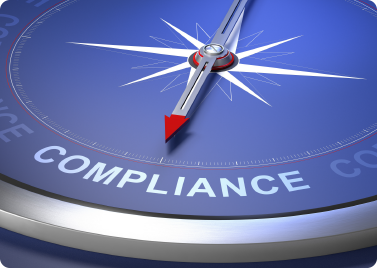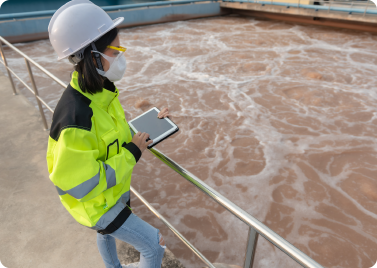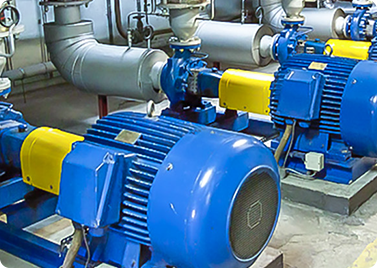
Program makes use of the world’s best practices and technology, and is set to be in place in all BRK operations starting in 2025.
In order to serve more than 16 million customers in over 100 cities every day, BRK relies on massive operations of the utmost caliber: 34 dams, over 30,000 pieces of electromechanical equipment, approximately 33,000 kilometers of water and sewage lines, and more than 6,000 other constructions.
An important step to increasing efficient management of these many facilities has been the Asset Management Program, which was launched in Q4 2022. This initiative incorporates the best practices recommended by global consulting firms who are experts in the subject as well as full compliance with ISO 55,000, a highly-regarded worldwide standard with certifications held by 168 organizations in 31 countries operating across 16 sectors. The Asset Management Program uses the most sophisticated monitoring technology systems currently available on the market.
Using these tools, BRK will be able to integrate and build upon information regarding the status of all physical assets across operations and to use such information, in conjunction with established prioritization criteria, to best inform investment decisions.
Integrated, strategic asset management reduces the chance of unexpected supply interruptions and thus ensures service quality and reliability. It also increases the financial efficiency of allocated maintenance investments. The program will allow BRK to best allocate maintenance CAPEX and OPEX (focusing on those assets identified as priorities).
Governance
As per ISO 55,000 recommended good practices, BRK’s new program came directly from the company’s senior management. The design of BRK’s Asset Management Policy followed the same guidelines established in the company’s ESG strategy, which includes items related to asset management.
BRK has an asset management department directly linked to corporate engineering, which has been tasked with the responsibility of implementing the program. The three key phases are: implementing pilot projects, integrating BRK systems, and program roll-out to all operations.
Implementation
The program’s guiding document is the SAMP, or Strategic Asset Management Plan, which describes the type implementation and evaluation methodology for each asset category. The plan is currently being drafted and will serve as a guide for subsequent steps.
One of the first activities includes ranking each asset and assigning it a unique, permanent identification. Each asset is assigned an ID according to pre-established nomenclature, which ensures traceability for the duration of the asset’s life cycle.
Each asset category is also assigned a specific risk assessment methodology. Assessment variables include (1) physical condition, (2) performance, and (3) failure impact for each asset. The combination of all three variables will allow us to prioritize BRK’s most critical assets.
This methodology will then be validated in practice through pilot projects carried out in controlled settings. Assessment of these projects throughout program implementation will guarantee all objectives are met by the time the entire process is in place.
Another critical step includes integrating the various systems that BRK currently uses for asset management. The technical registration system, the maintenance service order management system and BRK’s ERP will all be merged. System integration ensures the comprehensiveness necessary for the program’s success.
By adopting cutting-edge tools and practices, BRK draws ever closer to the worldwide gold standard for the sanitation industry and emerges as an international benchmark for sanitation operations.
The whistle blowing Confidential Channel was created to strengthen the company's ethics and compliance Fighting corruption is a priority The Compliance Program guarantees integrity in all processes Asset Management guarantees reliability and quality of water and sewage treatment processes We adopt plans to react to atypical and emergency situations, ensuring the continuity of operations Tax planning and control to promote investment capacity and transparency Ethics Risks Assessed and Monitored New Asset Management Program Incorporates Key Global BenchmarksSee too







